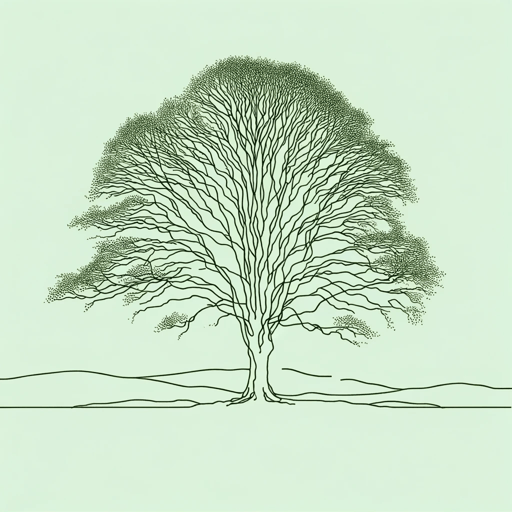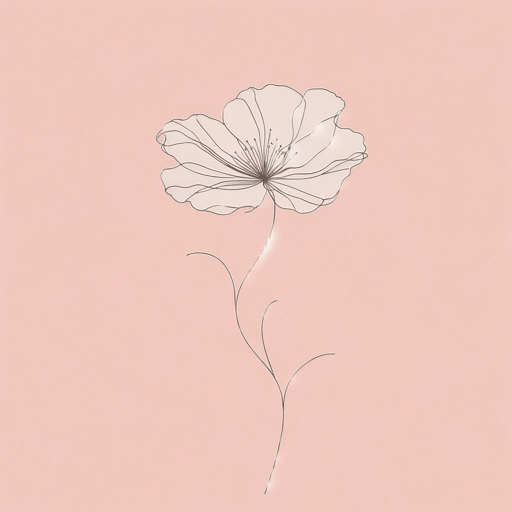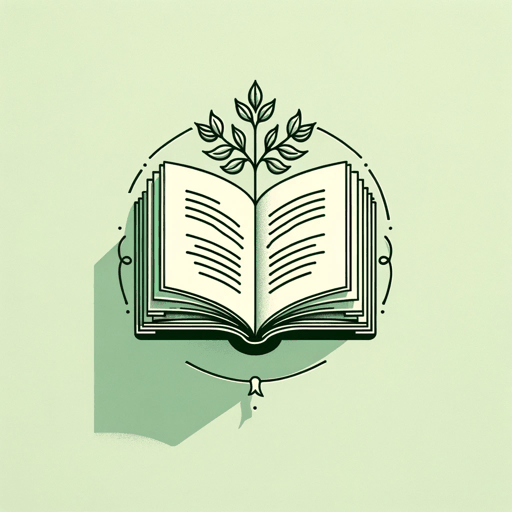19 pages • 38 minutes read
William WordsworthPreface to Lyrical Ballads
Nonfiction | Essay / Speech | Adult | Published in 1800A modern alternative to SparkNotes and CliffsNotes, SuperSummary offers high-quality Study Guides with detailed chapter summaries and analysis of major themes, characters, and more.
Themes
The Democratic Ideals of the Romantic Movement
Typifying the ideals of the Romantic movement, Wordsworth argues that poetry should be understood by the common person and should use everyday language. This is in contrast to the poetic style cultivated by 18th-century classicist poets like Alexander Pope and Thomas Gray, which strove for loftiness of effect and often employed a special “poetic” vocabulary not used in ordinary conversation. Further, Wordsworth argues in favor of choosing as the subjects of poetry “incidents and situations from common life” (2). His rationale is that poetry expresses human emotions—unlike science, which seeks a more abstract and impersonal truth—and thus should remain close to human feelings, concerns, and modes of expression.
Wordsworth’s emphasis on bringing poetry to the level of the common person reflects the democratic ideals of the Romantic movement, inspired in part by the American and French Revolutions. Romanticist artists advocated the idea that art should appeal to the many instead of being the province of an intellectual or aristocratic elite—who were the traditional patrons of art from the Renaissance through the 18th century. Not only were common people the proper audience for poetry, but they could also be a worthy subject for poetry because they lived (in many cases) close to 







Related Titles
By William Wordsworth

A Complaint
William Wordsworth

A Slumber Did My Spirit Seal
William Wordsworth

Composed upon Westminster Bridge, September 3, 1802
William Wordsworth

Daffodils
William Wordsworth

I Wandered Lonely as a Cloud
William Wordsworth

Lines Composed a Few Miles above Tintern Abbey ...
William Wordsworth

London, 1802
William Wordsworth

Lyrical Ballads
William Wordsworth

My Heart Leaps Up
William Wordsworth

Ode: Intimations of Immortality from Recollections of Early Childhood
William Wordsworth

She Dwelt Among The Untrodden Ways
William Wordsworth

She Was a Phantom of Delight
William Wordsworth

The Prelude
William Wordsworth

The Solitary Reaper
William Wordsworth

The World Is Too Much with Us
William Wordsworth

To the Skylark
William Wordsworth

We Are Seven
William Wordsworth
